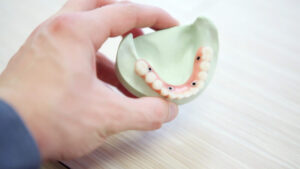
Tartar And Plaque:Remove Methods Without A Dentist
Tartar and plaque, known as dental calculus, form on teeth when plaque accumulates and starts to harden. Not only is tartar visually unappealing, but it
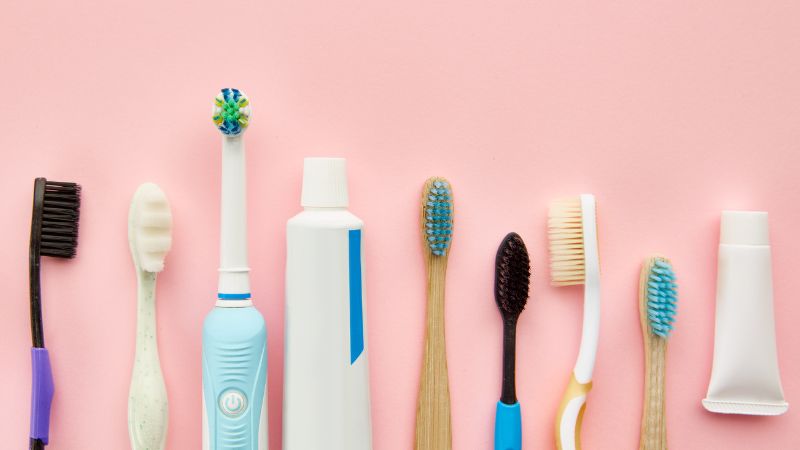
Think about this: you brush your teeth at least twice daily, which is essential to avoid gum disease and keep your smile looking good.
Your mouth is full of germs, but usually, you just give your toothbrush a quick rinse and put it away after brushing.
Usually, this isn’t a problem. But there are times when it’s important to clean your toothbrush more thoroughly. For example, if someone in your home catches a cold, you should clean your toothbrush because cold germs can easily spread through toothbrushes.
Similarly, if a family member gets the flu, it’s a good idea to clean your toothbrush. It’s especially important to do so if you or someone you know has strep throat, as studies show that strep throat can spread quickly through toothbrushes.
Are you worried about getting sick from a family member, or just want to make sure your toothbrush is clean? Here are some easy ways to sanitize your toothbrush.
There are various methods to clean your toothbrush effectively. However, it’s important to know that experts advise against placing your toothbrush in the dishwasher or microwave, as the high heat can harm it.
1. Using UV Toothbrush Sanitizer
Consider getting a specialized ultraviolet (UV) light sanitizer designed for toothbrushes.
One study from a reliable source compared UV light chambers made for toothbrushes against saline solution and chlorhexidine gluconate solution. It found that UV light was the most effective method for sanitizing toothbrushes.
Though these devices can be pricey, and they’re not essential for safe brushing, they can be a good investment for extra cleanliness. Be sure to follow the manufacturer’s instructions for any UV sanitizer you choose.
2. One simple method to clean your toothbrush is to use an antibacterial mouthwash. Soak the toothbrush in mouthwash for around 5 minutes, then rinse it well with hot water and let it dry.
3. Home-made Disinfecting Solutions.
Studies suggest that soaking your toothbrush in a 3% hydrogen peroxide solution or antibacterial mouthwash can effectively kill bacteria.
To prepare and use this solution:
After disinfecting your toothbrush, there are steps you can take to keep it clean.
Proper storage of your toothbrush is as crucial as cleaning it post-use.
1. Store in daily-changed hydrogen peroxide solution
A 2011 study suggests storing your toothbrush in a small cup of hydrogen peroxide can significantly reduce bacterial growth.
Replace the hydrogen peroxide each day and place your toothbrush, and bristles down, into the fresh solution.
2. Keep toothbrushes separated
Storing multiple toothbrushes together can lead to bacterial transfer between them.
In a household with several people, ensure each toothbrush is stored a few inches apart from the others.
3. Distance from the toilet
Toilet flushing can release fecal particles into the air, a phenomenon known as the “toilet plume” effect, spreading bacteria throughout the bathroom.
To prevent contamination, store your toothbrush far from the toilet or in a closed medicine cabinet.
4. Regularly clean toothbrush covers and holders
Bacteria from your toothbrush can transfer to any cover or holder.
Clean these items every two weeks to prevent bacteria buildup.
If you use a toothbrush cover, allow the brush to air dry first; a damp toothbrush can foster more bacteria.
5. Opt for a toothpaste dispenser
Direct contact between your toothbrush and the toothpaste tube can transfer bacteria.
Using a toothpaste pump dispenser minimizes this risk of cross-contamination.
Related reading >> How To Keep Your Electric Toothbrush Clean And Well-Maintained


Tartar and plaque, known as dental calculus, form on teeth when plaque accumulates and starts to harden. Not only is tartar visually unappealing, but it
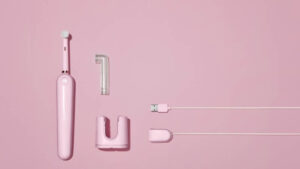
We are often contacted by customers complaining about a Sonicare toothbrush not charging. A charging issue is a common problem and can sometimes be misdiagnosed

Opting for an electric toothbrush for sensitive teeth can help alleviate discomfort and further protect against gum recession. But which model is ideal for those
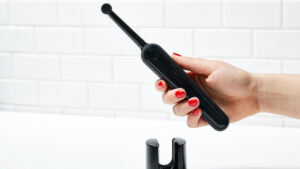
Have you learned how to use an electric toothbrush? It’s crucial to know not just for electricity but for any toothbrush type. Even though electric
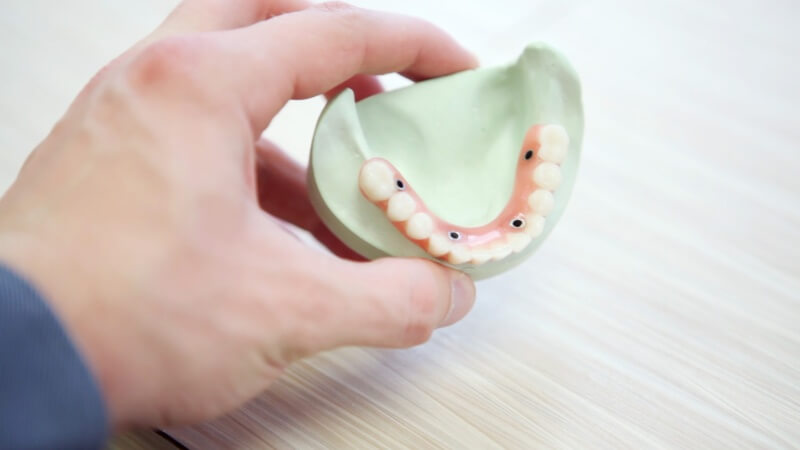
Tartar and plaque, known as dental calculus, form on teeth when plaque accumulates and starts to harden. Not only is tartar visually unappealing, but it
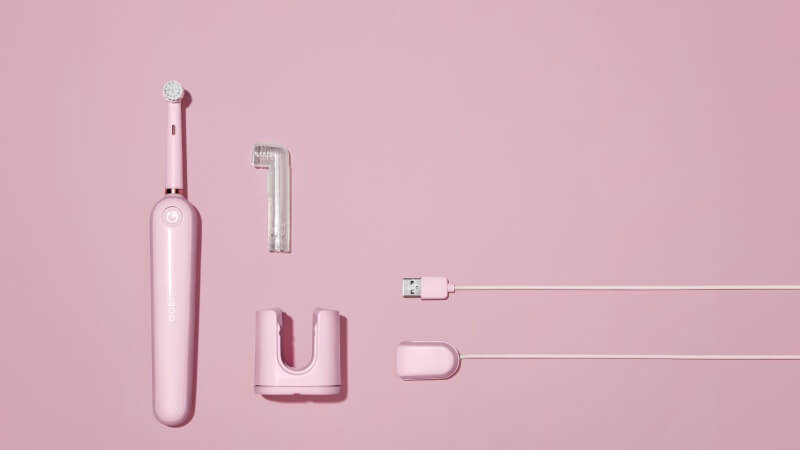
We are often contacted by customers complaining about a Sonicare toothbrush not charging. A charging issue is a common problem and can sometimes be misdiagnosed

Opting for an electric toothbrush for sensitive teeth can help alleviate discomfort and further protect against gum recession. But which model is ideal for those
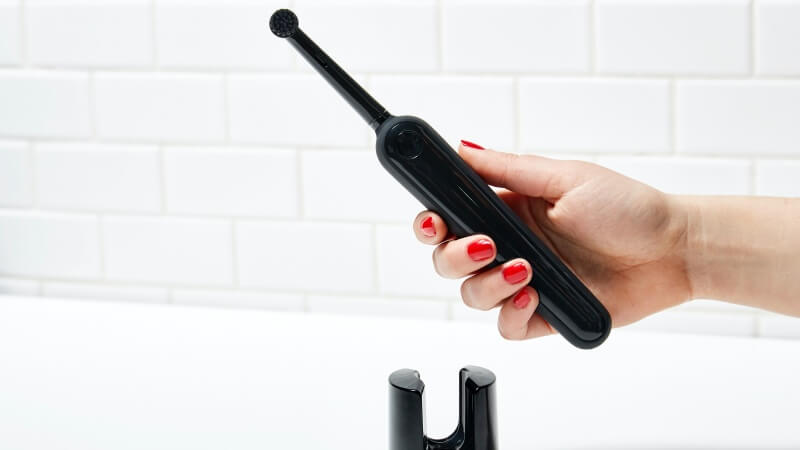
Have you learned how to use an electric toothbrush? It’s crucial to know not just for electricity but for any toothbrush type. Even though electric
Copyright © 2024 toothbrushsanitizerholder. All Rights Reserved.